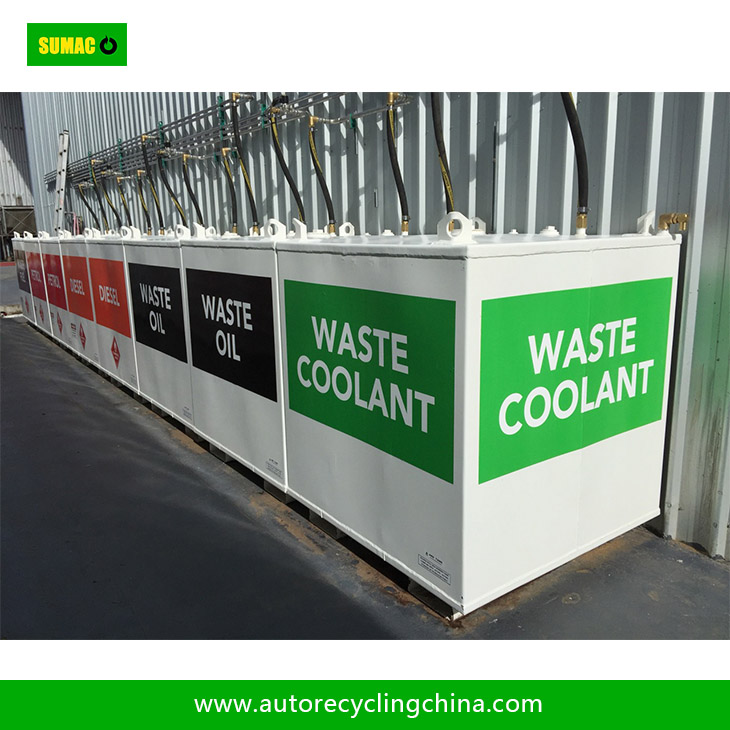Self - Bunded Tanks are designed to provide enhanced safety and protection against fuel leaks and spills. Here's how they work:
- Primary Containment: The inner tank of a self - bundled tank is made of high - quality materials such as steel or fiberglass - reinforced plastic (FRP). It is designed to store the fuel or other liquids. The inner tank is constructed with a smooth, seamless surface to prevent any cracks or leaks from developing. It is also equipped with appropriate fittings and valves for filling, emptying, and monitoring the contents.
- Secondary Containment: Surrounding the inner tank is a secondary containment structure, which is typically made of a durable and chemically resistant material. This outer shell acts as a barrier to prevent any leaked fuel from escaping into the environment. The space between the inner and outer tanks, known as the interstitial space, is monitored regularly. If there is a leak in the inner tank, the fuel will collect in the interstitial space, where it can be detected by sensors or visual inspection.
- Ventilation and Pressure Relief: Self - bundled tanks are equipped with ventilation systems to prevent the build - up of pressure inside the tank. This is important to ensure the safety of the tank and to prevent any potential explosions or ruptures. The ventilation system also helps to prevent the formation of flammable vapors in the interstitial space. In addition, pressure - relief valves are installed to release any excess pressure that may build up inside the tank due to temperature changes or other factors.
-
Monitoring and Alarm Systems: To ensure the proper functioning of the self - bundled tank, various monitoring and alarm systems are installed. These include level sensors to monitor the fuel level in the inner tank, leak detection sensors in the interstitial space, and temperature and pressure sensors. If any abnormal conditions are detected, such as a drop in fuel level or a rise in pressure, an alarm will be triggered to alert the operators. This allows for timely action to be taken to prevent any potential accidents or environmental damage.

